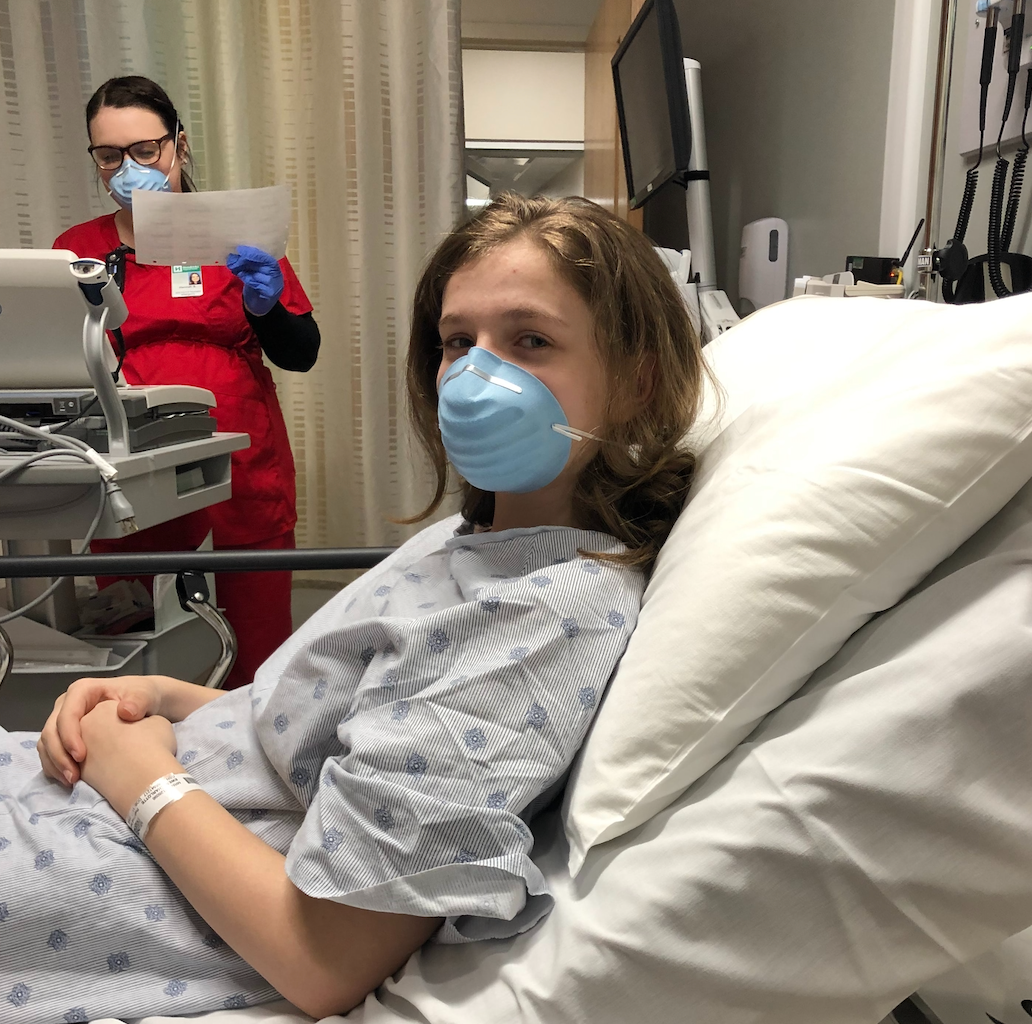Comparing Pediatric Hospitalizations Pre and Post COVID
Investigators sought to compare trends in US pediatric hospitalizations in 2020 with those the decade prior to COVID-19.

SARS-CoV-2/COVID-19 has changed how we overall look at health, equity, and preparedness. A particular challenge during this pandemic has been with school opening and closures – the prevalence of pediatric cases, and the nuances to when a school can safely reopen. With increasing focus on school reopenings, the US Centers for Disease Control and Prevention (CDC), has released new guidance on operating schools during COVID-19, with strategies for maintaining healthy environments, reducing COVID-19 prevention, and also responding to cases.
Understanding the nuances of COVID-19 transmission in children and the role of schools is complicated. Children and do become infected with COVID-19 and spread it, with some clusters occurring in schools. When reviewing the United States COVID-19 data provided by the CDC, it reiterates that that cases in children aged 0-4 years has accounted for 2% of overall cases. This increases with age–those aged 5-17 years accounted for 9.4% of U.S. cases. These findings reflect the outbreaks and clusters seen in schools but several case studies have also reinforced that interventions can be effectively implemented.
In these increasing conversations about schools, pediatric cases and hospitalizations are one important piece of the puzzle. A new study sheds some light on this, as researchers sought to compare trends in U.S. pediatric hospitalizations in 2020 with those the decade prior to COVID-19. In a cross-sectional study including 49 hospitals, the researchers utilized the Pediatric Health Information System to assess 5,424,688 inpatient encounters across 3,372,839 patients.
Pulling on time-series data and forecasting models, they assessed patients discharged between January 1, 2010 and June 30, 2020 from an inpatient hospital. The authors noted that “here was a decrease in the number of admissions beginning in March 2020 compared with the period from 2010 to 2019.
At the nadir, admissions in April 2020 were reduced 45.4% compared with prior years (23,798 in April 2020 compared with a median [interquartile range] of 43,550 [42,110-43,946] in April 2010-2019). Inflation-adjusted hospital charges decreased 27.7% in the second quarter of 2020 compared with prior years ($4,327, 580,511 in 2020 compared with a median [interquartile range] of $5 ,983,142, 102 [$5 762 690 022-$6,324 ,978,456] in 2010-2019).”
In further review of the data, the average age of the studied patient was 5.1 years, 52.1% were boys, and 58.5% were white. In assessing seasonal patterns, like those from 2010 to 2019, they reviewed hospitalizations for conditions such as asthma, bronchiolitis, mental health admissions, etc.
The authors emphasized that they did see a decline in diagnoses between January 2020 and June 2020, noting that pediatric admissions decreased in 2020 across a wide variety of conditions. Compared to previous years, admissions in April 2020 were reduced 45.4%. The reduction in respiratory viruses due to COVID-19 interventions, school closures, and emphasis on vaccinations, all likely helped contributed to a portion of this.
The authors noted a surprising decrease in mental health related admissions, especially during a time of increasing mental strain (e.g. a pandemic). This particular study represents a unique insight into modeling pediatric admissions during a pandemic, emphasizing the need for more studies and modeling to understand the impact of this pandemic on children and health outcomes.
